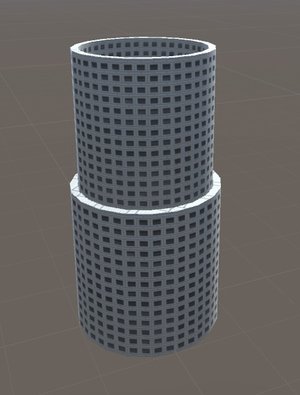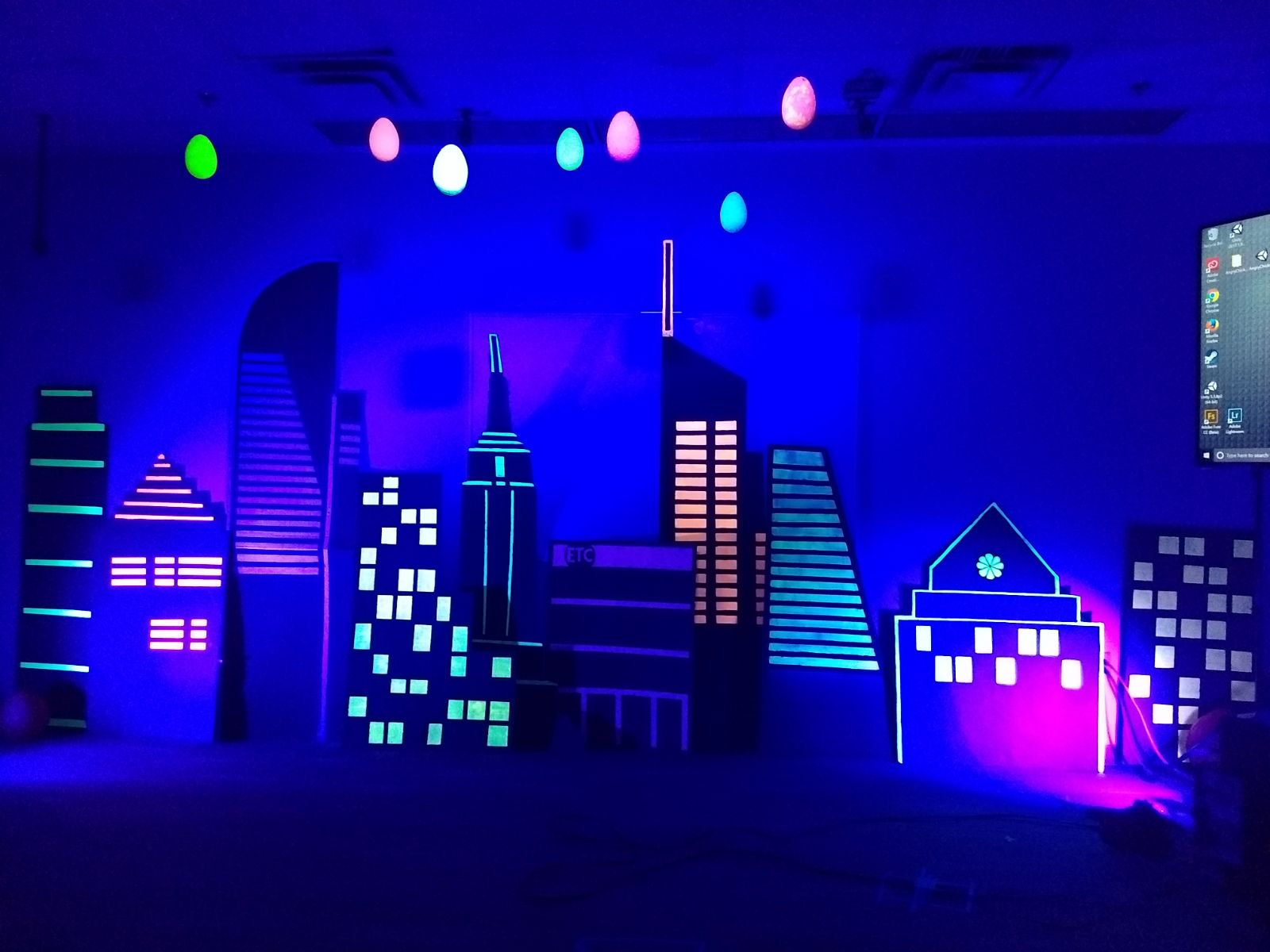Process
After adjusting interplanetary distance, rotational speed and translational speed, we found that it was indeed fun and kinda tricky to jump planets. You had to have very sharp timing and notice the angles to pull of the jump. We decided to go ahead with the game, which was the rocket would serially go into a randomly highlighted planet, collect an alphabet from there and go to the next one. At the end, we would have to unscramble the group of letters that we found to find the code,or transmission.
But after we integrated the blasts when the rocket hit the planet, the gameplay became so fun that we decide to pivot the game and just make the gameplay all about the jumping planets, with blasts and all. So we decided to add another rocket, and make the game a two-player race where the winner is the first person who can maneuver past all the planets and reach Earth.
The rest of the game was all about level design and testing it out. It was hard to get the game balance, because if interplanetary distance was too little then it became easy, but we also wanted the player to get across the screen.So after multiple iterations, we decided to have a U-shaped layout, which gives the player the freedom to risk it all by making a big jump directly to Earth, or play it relatively safer but planet hopping. After a long night, we finally got the game balance to just right, after multiple external playtests. Our hard-work was rewarded, as we were chosen as the game with the Best Game Mechanic!
You can download and play the game here:
https://globalgamejam.org/2018/games/cosmoswing





















